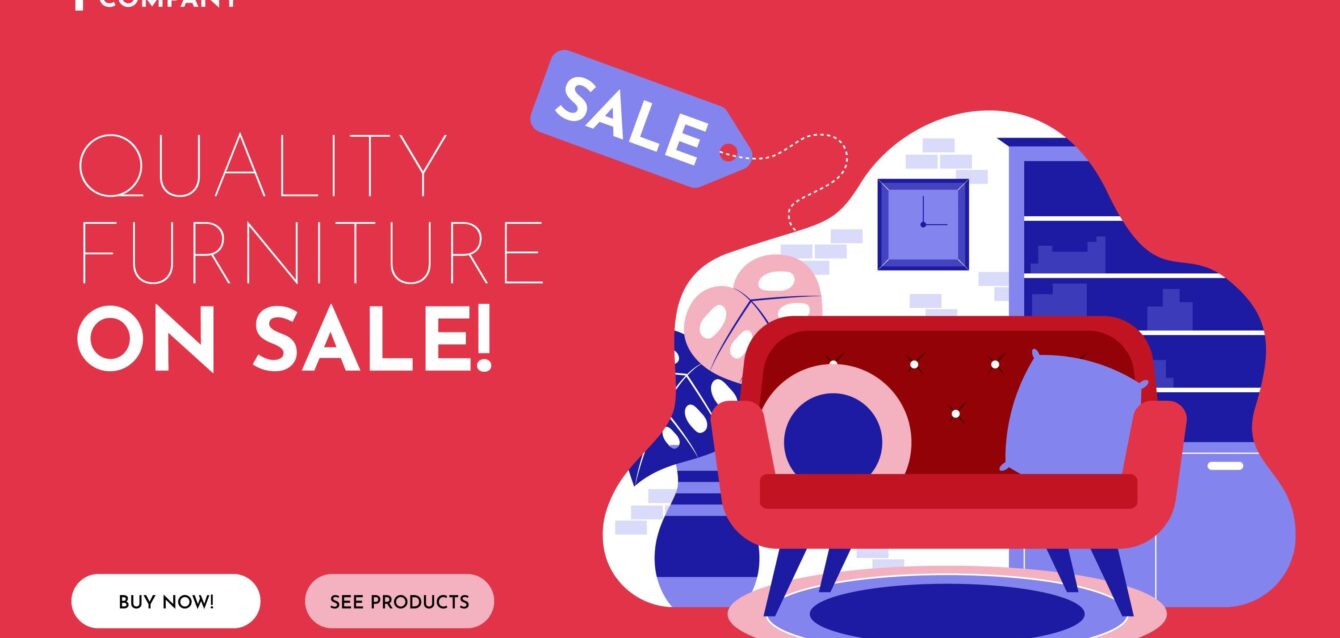From Google to Generative: The New SEO Battlefront
The search landscape is shifting at lightning speed. What started with Google Search, powered by keywords and backlinks, has now evolved into a Generative AI-first ecosystem. Platforms like ChatGPT, Gemini, and Perplexity are changing how consumers discover, evaluate, and decide on brands.
📈 Post-COVID, India experienced a lifestyle reset. Home became the new luxury arena, and décor became an extension of personal identity. According to Statista (2023), Indian consumers increased home décor spending by 37% between 2021–2024. Sofas, wall textures, modular wardrobes, and lighting are no longer mere utilities—they’re expressions of taste.
-
Pinterest inspires.
-
Google drives action.
-
ChatGPT, Gemini, and Perplexity drive decision.
💡 If your brand isn’t inside AI-generated answers, not just Google’s first page, you’re invisible to your next customer.
Imagine a potential buyer asking ChatGPT:
“Which are the best luxury furniture brands in India?”
If your brand isn’t cited in that answer, you’ve lost a high-intent buyer—before they even hit a search engine. This is where Generative Engine Optimization (GEO) becomes a competitive weapon for Indian furniture brands.
👉 Talk to our SEO & GEO experts at Biz Klinics — we help home & furniture brands become visible in AI-powered discovery.
The Market Momentum — Why Visibility Matters More Than Ever
The Indian home interiors and furnishings sector is on a rapid growth trajectory.
-
📊 $40.8 Billion projected market size by 2033
-
🌱 5.4% CAGR growth (IMARC, 2024)
-
🏙 42% of online furniture searches now come from Tier-2 & Tier-3 cities (Google Trends)
Search terms like “Luxury sofa”, “Italian texture paint”, and “Modular wardrobe design” are among the fastest-rising in India.
This surge is not just happening in metros. Consumers in Indore, Coimbatore, Jaipur, and Surat are driving demand for affordable luxury, designer finishes, and custom décor.
And where are they searching?
-
Google’s People Also Ask
-
ChatGPT & Gemini answers
-
Pinterest boards linked to commerce
-
Instagram product tags
For CEOs and CMOs, the takeaway is clear: Visibility isn’t optional anymore—it’s the difference between scaling nationally or stagnating locally.
👉 If you haven’t yet explored the fundamentals, check our resource: Be on the 1st Page – Unleashing the Power of SEO
From SEO to GEO: The New Playbook
Traditional SEO = Ranking on Google’s SERPs through backlinks, keyword density, and technical optimization.
GEO (Generative Engine Optimization) = Structuring your brand to be cited, named, and recommended inside AI-generated answers.
“Brands that structure their stories as answers, not advertisements, are the ones AI remembers.”
Unlike search engines, AI doesn’t list 10 links. It gives one authoritative answer. GEO ensures your brand is in that answer.
Key Shifts in Playbook:
| SEO (Then) | GEO (Now) |
|---|---|
| Keywords | User Prompts & Entities |
| Rankings | Recommendations |
| Link-Building | Authority Mentions |
| Page Optimization | Schema + Conversational Formatting |
| Clicks | Answer Presence |
For furniture and décor brands, GEO means your product collections, design stories, city-specific services, and authority mentions must be structured for AI understanding.
5 Proven Levers to Dominate ChatGPT, Gemini & Perplexity Results
1. Structure for AI Understanding
-
Use clear H2/H3 headings, short paragraphs, bullet points, and schema markup.
-
Add FAQ schema to product and category pages.
-
Use entity-rich language (e.g., “Italian leather sofa, Bengaluru” instead of “sofa”).
📝 Example: The Colosseum, Hyderabad rebuilt their product pages using structured schema + FAQs, making it easier for AI to parse their offerings.
2. Write in Conversations, Not Just Keywords
AI doesn’t respond to keyword stuffing. It answers human questions.
-
Use conversational phrasing aligned with real prompts.
-
Incorporate cities, materials, styles, and price ranges contextually.
📝 Example Prompt:
“What are the best Italian leather sofa brands in India under ₹1 lakh?” Ensure your content answers this fully—product, location, value, style.
3. Authority Wins AI Credibility
AI values third-party citations.
-
Get backlinks from architecture, design, and lifestyle magazines.
-
Publish thought-leadership content on interior trends.
-
Sponsor design events or get featured in local news.
📈 From our experience at Biz Klinics, brands featured in third-party sources saw 30% more mentions in ChatGPT responses within 3 months.
📝 Testimonial:
“After implementing Biz Klinics’ GEO strategy, we started appearing directly in AI search summaries for ‘luxury furniture India.’ Within three months, our organic leads grew 40%, without increasing ad spend.”
— Managing Director, The Colosseum Hyderabad
4. Build Content Clusters Around Intent
Create content hubs that align product verticals with searcher intent.
-
🛋 Luxury Sofas India → product pages + design trend blogs
-
🧱 Wall Textures & Paints → guides, DIYs, designer interviews
-
🪄 Furnishing Inspiration → Pinterest boards linked to blog galleries
This helps AI connect entities, improving your answer presence.
5. Monitor & Iterate on AI Mentions
Just like keyword ranking reports, start tracking your brand mentions in AI answers.
-
Use platforms like Perplexity and ChatGPT to run regular queries.
-
Refine content based on which queries mention your brand and which don’t.
Case Study: The Colosseum — From Showroom to AI-Search Icon
The Colosseum, Hyderabad’s luxury design destination, spans 2 lakh sq ft, housing:
- 120+ furniture brands
- 80+ lighting brands
- 200+ décor accessory brands
- 100+ soft furnishing brands
Challenge: Strong local SEO, but no presence in generative search results. Queries like “best luxury furniture in Hyderabad” didn’t mention their brand in ChatGPT or Gemini.
Biz Klinics’ GEO Strategy:
- Rebuilt product pages with FAQ schema + structured entity markup.
- Published long-form guides on Hyderabad design trends.
- Secured citations in interior design publications.
- Monitored and refined AI mentions iteratively.
Results within 4 months:
-
✅ Appeared by name in ChatGPT & Gemini for “luxury furniture India” queries.
-
📈 26% rise in organic traffic to product pages.
-
🔍 48% increase in branded queries like “The Colosseum furniture Hyderabad”.
👉 Even large multi-brand showrooms can dominate AI discovery with the right structure, authority signals, and strategic content linking.
Conclusion — Your Brand as the AI’s Recommendation
Search is evolving from 10 blue links to 1 smart answer. The brands that adapt early will define the next decade of furniture & décor commerce in India.
To win:
-
Audit your content for AI readability
-
Optimize with GEO frameworks
-
Be Answered, not ignored
The AI-first search era isn’t coming. It’s here.
🚀 Biz Klinics helps India’s furniture & home décor brands transform their digital presence — from SEO basics to GEO leadership.
FAQsFrequently Asked Questions
What is Generative Engine Optimization (GEO) for furniture brands?
GEO is the process of optimizing content to appear inside AI-generated answers on platforms like ChatGPT, Gemini, and Perplexity.
How is GEO different from traditional SEO?
SEO focuses on Google SERPs, while GEO ensures your brand is mentioned in AI answers, which often drive faster decision-making.
Can smaller décor brands compete with big players in GEO?
Yes! With focused authority signals, localized conversational content, and strategic content hubs, boutique brands can outperform larger competitors in niche AI queries.
Does Pinterest still matter for SEO?
Absolutely. Pinterest drives early-stage inspiration, which often converts later on Google or AI platforms.
How often should content be refreshed for AI SEO?
Design trends → Every 3–6 months.
Product content → Quarterly.
Schema & FAQs → As needed with algorithm updates.
Which tools help track AI search visibility?
Tools like Perplexity, ChatGPT’s Search Mode, and manual prompt testing help monitor brand mentions in AI answers.






